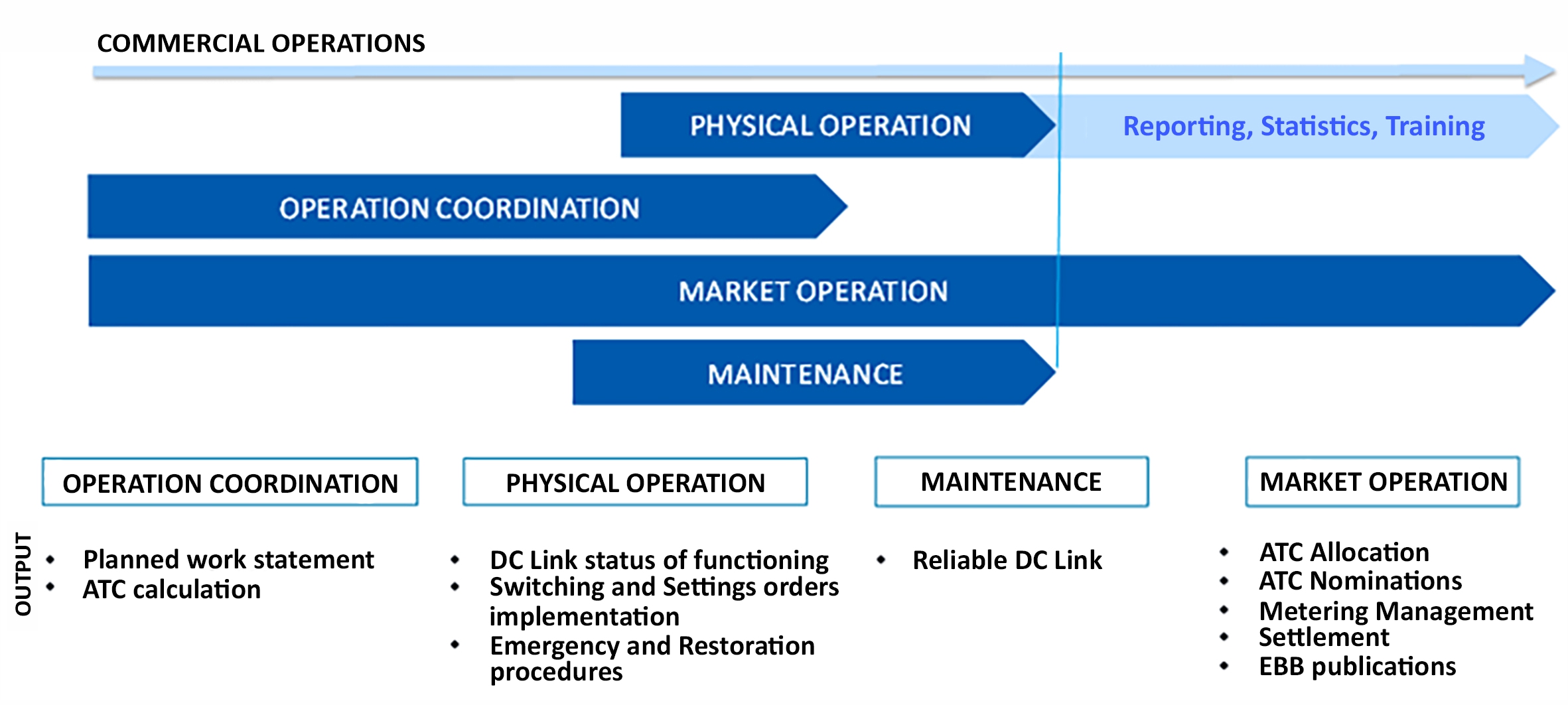Project Structure and Commercial Operations

Project Structure and Commercial Operations
CASA-1000 is designed to facilitate electricity trade between the four participating CASA countries by developing transmission infrastructure as well as the commercial and institutional arrangements required to conduct this trade. The Project will support continuing development of the Central Asia Regional Electricity Market (CASAREM).
CASA-1000 is structured as a contractual joint venture among the national transmission companies of the participating CASA-1000 countries. On April 24, 2015, in Istanbul, the Governments of the CASA-1000 countries agreed to a suite of legal documents called the “Core Project Agreements” (CPAs) that provide the commercial and legal structure for the Project and include the Master Agreement, five foundation power purchase agreements (PPAs), government guarantees, a coordination agreement (between Kyrgyzstan and Tajikistan), and host government agreements. In addition, the CPAs include an Account Bank Agreement, to be entered into with an Account Bank handling the CASA-1000 flow of funds and an Operations and Maintenance Agreement associated with the DC Operator for the System.

Establishing Safe Operation for the CASA-1000 System
To implement a project of this size and scale across the energy systems of four countries requires the efforts of many different types of engineers, policy makers and financial experts. Critical to all these efforts is instituting a safe operating system to trade power on this system. This requires establishing a set of rules to govern operations, known as the CASA-1000 HVDC (High Voltage, Direct Current) Technical Code. The CASA-1000 Technical Code Working Group (TCWG), in cooperation with the CASA-1000 Joint Working Group and six participating power companies, worked on these rules, developing a set of common operating standards designed to safely operate the CASA-1000 transmission system across six different power companies. These technical documents outline the common operating principles and procedures that CASA-1000 countries will use in managing the operations of the High Voltage, Direct Current CASA-1000 Facilities.
Key elements of the TC include:
- The technical rules for operation of the HVDC system
- Comprehensive rules for coordinating the actions of the four national transmission systems to support the new HVDC System Operator in real-time
- A framework for an integrated digital “Awareness System” that will be procured and installed by the four countries to share in real time (over a dedicated fiber optic network) information to securely and reliably integrate the HVDC system into country operations
- A comprehensive cyber security plan.

Trading Power
The CASA-1000 system will make possible a major new source of revenue for the national economies of Kyrgyzstan and Tajikistan. This will be accomplished through establishing rules and policies to support a transparent regional electricity market for the sale of power. As part of CASA-1000 Core Project Agreements, there are five foundational power purchase agreements governing electricity sales between Kyrgyzstan, Tajikistan, Afghanistan and Pakistan over a fifteen-year period.
Once in operation, Kyrgyzstan is expected to export about 1 500 GWh of electricity and Tajikistan about 3 000 GWh of electricity each year to South Asia. Afghanistan is also expected to earn money from transit fees and will purchase up to 300MW of electricity, while Pakistan will purchase the bulk of the exports. This will provide Afghanistan and Pakistan with new sources of low-cost electricity.
Open access will be applicable during the non-supply period for maximum utilization of the CASA-1000 transmission system, to promote electricity trade and potential for using spare transmission capacity during the winter months, as envisaged under the Central Asia South Asia Regional Electricity market.

DC Operator
The DC Operator is critical to the commercial and technical operations of the CASA-1000 transmission system.
The main functions and tasks of the DC Operator can be grouped into four categories: Physical operation, Operational coordination, Maintenance, and Market operation. The main tasks for each category are listed in the figure below along with when these tasks are performed—before commercial operations, at the start of commercial operations in real time and during operations.
Figure 1 – Interconnected Power System Operations Processes and Typical Outputs

Once the DC Operator is appointed, it will be expected to carry out responsibilities of the DC Facilities in accordance with the terms of the Operation and Maintenance Agreement. This will also allow the Parties to this Agreement to safely regulate their systems in relation to the DC Operator.
Some of the functions of the DCO include:
- Calculation of the Available Transfer Capacity to exchange electricity on the DC Facilities without violating security limits in any portion of the NTCs’ national electricity transmission systems;
- Defining the Planned Work Statement to perform regular maintenance of the DC Facilities within the operational limits of the HVDC technology and coordinate the maintenance of the CASA–1000 Transmission System with the other NTCs;
- Cooperation with the NTCs during emergency and system restoration procedures involving the DC Facilities;
- Execution of dispatch instructions provided by the NTCs according to the Technical Code (TC);
- Operation of the DC Facilities according to the technical specifications of the manufacturer (Hitachi Energy) and based on the operation of the market and the dispatching instructions;
- Administrative tasks in terms of managing the Electronic Bulletin Board (EBB), keeping track of the statistics regarding the utilization of the DC Facilities, organizing and providing trainers and training courses for its own and NTC personnel.
